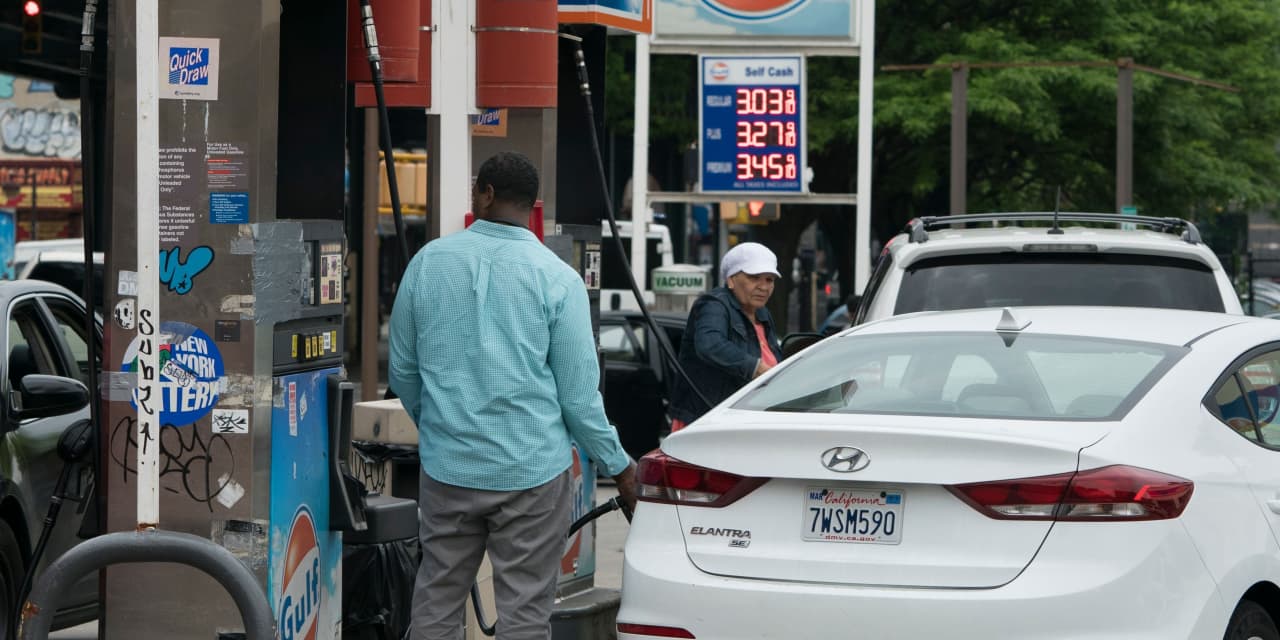U.S. drivers don’t need to be too concerned about the first-quarter oil output cuts announced by major producers this week, but an extension of the reductions beyond March would be cause for worry when it comes to gasoline prices at the pump.
On Thursday, the Organization of the Petroleum Exporting Countries and their allies, together known as OPEC+, announced that several of its members agreed to make voluntary reductions to their crude production in the first three months of 2024.
The reductions total 2.2 million barrels and include an extension of a voluntary output cut already in place from Saudi Arabia for 1 million barrels a day, and from Russia for a 300,000 barrel-a-day cut in crude exports.
OPEC+ oil production will be less early next year, which will “limit inventory builds globally, potentially leading to drawdowns,” said Brian Milne, product manager, editor, and analyst at DTN. “World consumption is the critical uncertainty in the equation, which will greatly depend on economic growth globally.”
Traders expressed some disappointment in the decision, prompting U.S. oil
CL.1,
CLF24
and Brent oil
BRN00,
BRNG24
prices to settle sharply lower on Thursday, given that the cuts were deemed voluntary and OPEC+ said the reductions could be scaled back depending on market conditions.
The decision won’t cause U.S. gasoline prices to immediately soar, Patrick De Haan, head of petroleum analysis at GasBuddy, told MarketWatch. “Motorists shouldn’t be too worried yet.”
The OPEC+ decision, however, does prevent gasoline prices from reaching the sub-$3 level on a national price average, he said.
“The OPEC+ decision prevents gasoline prices from reaching the sub-$3 level.”
Late Friday morning, the nation’s average price for regular unleaded stood at $3.241 a gallon, down 19.4 cents from a month ago, GasBuddy data show. The average price has fallen for 10 weeks in a row, as of Nov. 26, according to De Haan.
The output cuts will occur when the U.S. driving season is “weakest” — in January and February, so that’s not a concern, Milne said.
U.S. crude production has averaged at a 13.2 million barrel-per-day weekly record high for several weeks, “leading to building inventory which recently moved above historical averages,” he said. “This dynamic will limit price gains for retail gasoline early next year.”
De Haan said gas prices typically bottom between Thanksgiving and Christmas, though at this point, there’s “not much potential” for U.S. prices to get below $3 a gallon.
The height of the winter season, from mid-January to early February, provides another “window of opportunity for potentially making a run at sub-$3” based on the national average, he said.
After that, there’s a “seasonal upswing” and refinery maintenance starts, so the chance for low gas prices closes around Valentine’s Day, De Haan said.
Gas prices tend move up somewhere between 35 cents and 85 cents a gallon starting in mid-February — late winter to late spring, said De Haan, with consumption of the fuel increasing as the market moves closer to the seasonal transition to summer gasoline, and as Americans start to “poke their heads” out in March and April.
At that time, the Saudis and the OPEC+ production cuts will come back into view, he said.
If the Saudis extend their output cuts past March, there may be a “more impactful increase in gas prices,” he said.
Still, De Haan expects to see “moderately more affordable” gasoline prices in 2024 than what we saw in 2023.
GasBuddy had forecast an average $3.49 a gallon for gasoline this year and on Friday, the yearly average was close to that at about $3.54, he said.
“OPEC has been tightly controlling oil production. That’s a wild card,” said De Haan. “Will OPEC deviate from that policy of more tightly controlling supply or will the Saudis throw in the towel and increase production?”
For now, more than 70,000 stations in the U.S. gas stations are settling gas at below $3 a gallon, with $2.99 the most common price by far, and the median price at $3.09, he said.
Read the full article here


